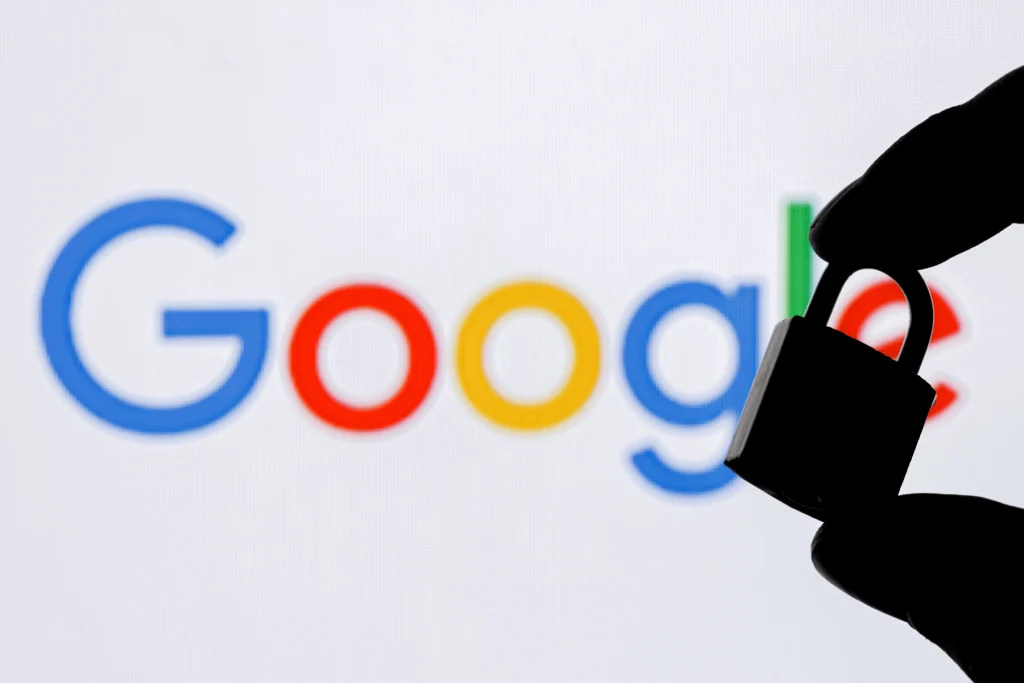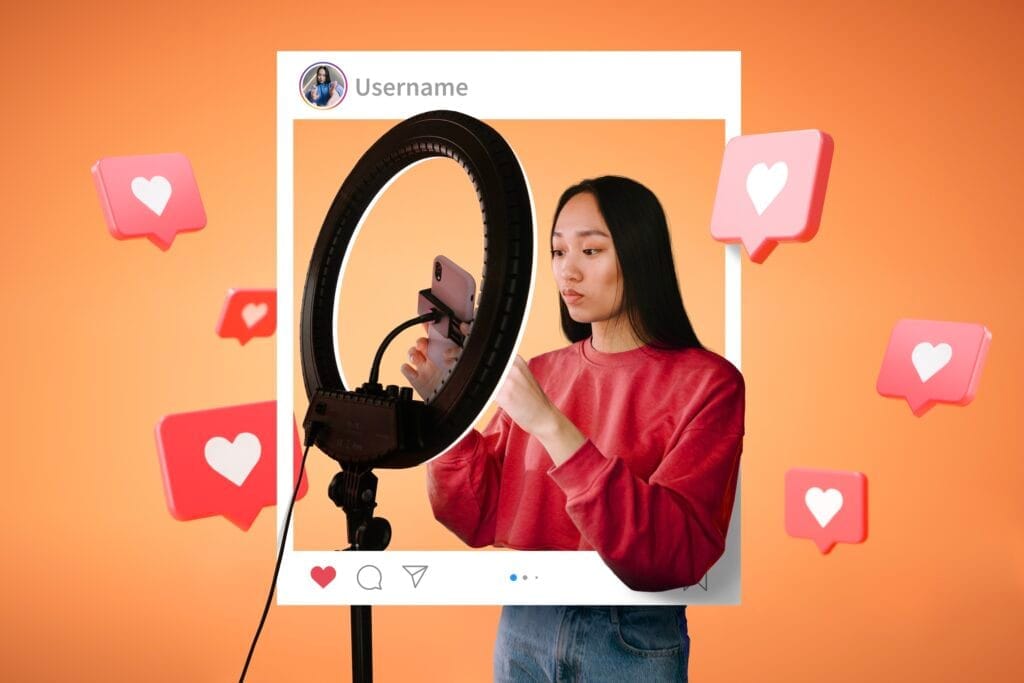Colors are elements of infinite importance that are present in every aspect of our lives. We cannot imagine a world without colors. They can relax us, make us happy, and sometimes even make us uneasy. Colors also have emotions, meanings and energies. Have you ever thought about what colors, which are so important in our lives and whose effects are directly proportional to their importance, mean for your brand? Colors have a certain psychology and impact for marketing.
Marketing and Branding Psychology of Colors

Factors such as which color affects the person to what degree, what it evokes in the person, what it evokes, etc., influence consumers in many aspects, from attracting attention to the brand to purchasing. Colors that give different messages enable some ideas about the brand to form in the minds of consumers. Correct and effective use of colors marketing It also positively affects the position of brands in the eyes of consumers in branding processes.

RED
It is the color that the human eye perceives best, is noticed most quickly and its effect is seen most quickly. Since it creates a sense of urgency, it has the feature of intensely encouraging the customer to purchase the product / service. It is a color that triggers both positive and negative emotions. Therefore, it is necessary to use it with caution. It is frequently used in the car and underwear industry because it symbolizes speed and passion. It can also trigger negative emotions such as anger, danger, arousal, and pain.
BLUE
It evokes trust. Pay attention to companies where trust is important, such as banking and healthcare; Many of them use the color blue. In addition to its calming properties, it also symbolizes power and wisdom. It is among the colors frequently used by the banking sector.
YELLOW
Yellow is the color of energy, sincerity and warmth; It also evokes the concepts of strength, vitality and discipline. It triggers enthusiasm and happiness and positively affects efficiency and productivity. When used with dark and contrasting colors give an effective message Ideal for.
PURPLE
Purple, the color of ambition and nobility, also supports creativity and inspires the person. Purple, which also symbolizes wealth and royalty, is the color of prestigious brands. It has a positive effect on being assertive and reflecting characteristics that others do not have. It also represents spirituality and creativity.
GREEN
Green, the color of peace and freshness, is widely used in the food industry. It contributes to creating a positive effect on purchasing by giving the consumer a feeling of freshness and naturalness.
PINK
Representing love, empathy and motherhood, pink has a relaxing feature. It is a color frequently used by brands for women.
WHITE
White represents simplicity, purity and innocence; It also represents calmness, stability and continuity. It has an effect that increases the power of thought.
BLACK
Black is the color of authority, mystery and power; It is an effective color widely used in the digital and technology sector because it also represents durability and quality. Black, the color of luxury, is a suitable choice especially for fashion-related industries.
PSYCHOLOGY OF COLORS IN DESIGN
Above, I mentioned the meanings and connotations of colors that are widely used in many sectors. Well, have you ever paid attention to the importance of colors in the work you want to do for your company / brand? In fact, your target audience plays an important role in the use of colors. On your target audience and colors digital agency It will be important for your brand to work carefully with the person who is familiar with this role in your business.
How do you want people to react when they visit your website, look at your social media, or use your mobile application? What emotion do you want to evoke in them the most, how do you want to be present in their minds, and what level of permanence do you want your brand to be?
It will be beneficial to use colors that will not bore users and that create trust, excitement and curiosity in the brand. The use of colors that people will get bored of after a while, that are eye-tiring, and that do not contribute to the memorability of the brand will have a negative effect. Instead, you can positively influence your target audience by using colors that awaken the mind, create positive effects on the person, or even by using colors that are combinations of some contrasting colors.
To get news from the digital agenda Istcode BlogYou can follow!




